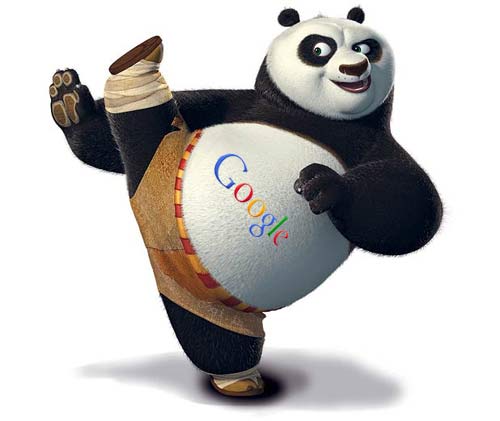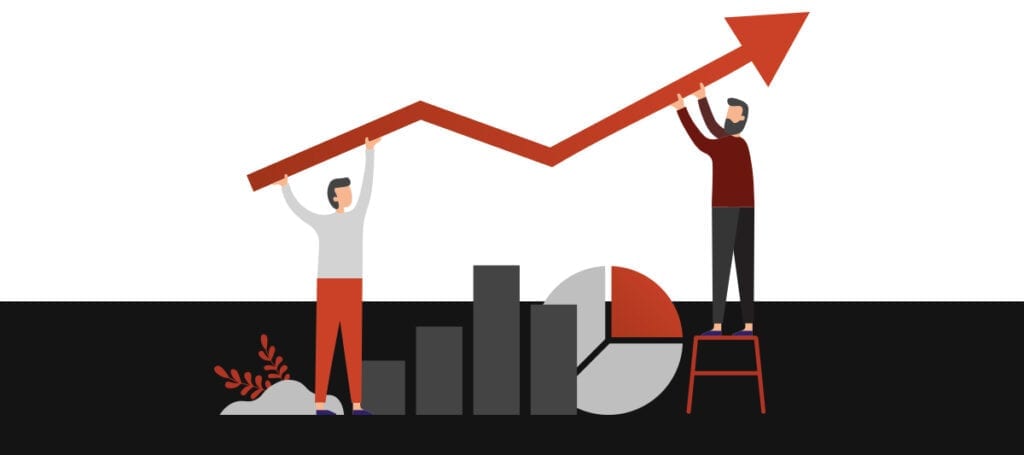
In March, Google released a major update to its search algorithm. The update is codenamed “Panda,” after one of the engineers that spearheaded the months-long algorithm tweak. But in the media, it’s being referred to as the “Farmer Update,” in reference to the so-called “content farms” that the update targets.
A “content farm” is a website that attempts to game the search engines by producing high volumes of low quality articles and web pages. These pages focus more on pulling in traffic from targeted search phrases than delivering meaningful information to readers. Content farms typically profit by luring in searchers with supposedly relevant topics and then pummeling them with ads. Notorious content farms include Wisegeek, eHow, Suite101, Associated Content and EzineArticles.
In the past, this quantity over quality strategy worked very well for content farms. The Panda Update seeks to change all of that, and so far, has been very successful. The update has affected nearly 12 percent of all search results, and has helped oust shallow content sites from the top slots in the search engine results pages.
As a full-service Internet marketing company, part of Firm Media’s strategy includes search engine optimization (SEO). So, when big changes go down in the search engine world, our clients begin wondering how their website rankings will be affected. Since the release of Panda, we’ve been monitoring each of our SEO strategies very closely and we are happy to report that very few, if any, of our pages have been “Panda slapped.”
And we think we know why.
1. Professional Design
A recent interview in Wired with Google engineers Amit Singhal and Matt Cutts further illuminated some of the reasons why Firm Media’s strategies were not affected by the Panda Update. It’s a good read, and we recommend checking out the full interview when you get a chance. But one part that we found particularly interesting was the qualitative research that Google performed in order to determine which sites to deem low quality.
They asked users questions about the perceived reputability of websites, such as “Would you be comfortable giving this site your credit card?” and “Do you consider this site to be authoritative?”
Another question we thought was interesting was: “Would it be okay if this was in a magazine?”
That resonates with us, because we ask ourselves the same questions when designing websites for our clients. We approach the graphic design aspect of your website in a similar way that an agency designing a full-page advertisement in a glossy magazine would. We believe that achieving quality that’s fit to print is incredibly important for the web—and we’re glad to see that Google is on the same page as us.
Also, another good question: “Does this site have excessive ads?”
Because our websites are focused on branding and conversion, the excessive ads flag is a non-issue.
2. Conversion-friendly Flow
While no one knows exactly how the Google algorithms work, we can assume that they draw upon some of the data that Google collects via its own Google Analytics platform. One hallmark of a low quality, low value website is a high bounce rate. Bounce rate is when a person comes to a page and then clicks away without delving deeper into the website. Content farms almost always have high bounce rates, because they usually have very little useful information and thus provide no compelling reason to stay.
Our websites are designed with the opposite in mind. We call it conversion-friendliness, and it’s geared towards drawing users in, encouraging them to click your “Contact Us” button, subscribe to your blog or visit the rest of your website to learn more about your services. Every aspect of our web designs—from the copy to the navigation and layout—is geared towards retaining and converting visitors.
So, when the Google bot sees that low bounce rate for our webpages, it gives itself (and us) a little pat on the back, because it knows that users found what they were looking for when they visited your website.
3. High Percentage of Unique Content
Many SEO companies attempt to game the search engines by flooding the backend of their websites with keyword-stuffed fluff. These pages are never meant to be read by humans, and as such, they are often rambling and pointless. This is the kind of practice that Panda is trying to put an end to.
At Firm Media, we predicted that the “fluff and keyword stuff” strategy would prove valueless, so we took a different approach. Instead of churning out nonsense, we take those high value keywords and turn them into meaningful articles and blog posts that your visitors actually want to read. We assume that your visitors will read every single word on your site, and we want them to. That’s why we spend so much time getting to know your business and the insight you have to offer in your field. This is interesting stuff, and it’s exactly what your visitors want to learn about when they search for keywords related to your business.
In this way, we go beyond mere “content” and instead give your website substance. Is it possible to create informative content that is also keyword rich? Definitely. We do it every day.
4. Diverse Internet Marketing Strategies
This one is less specific, but it applies to the Panda Update and all past and future search engine revisions. In short, we don’t put all your eggs in one basket. We are always studying and analyzing search engine trends, developments and philosophies and positioning your campaign to benefit from emerging and anticipated opportunities. From leveraging the opportunities afforded by universal search or optimizing your social media presence according to the new and improved Facebook Pages platform, our diversification assures that no single change will ever scuttle your forward progress.
Conclusion
The fact that our clients’ websites and SEO campaigns are still performing very well is validation that the websites that we create are considered high quality by Google. That comes as no surprise. We’ve always striven to create the most professional, the most aesthetically pleasing and the most user-friendly web designs and content possible for the sake of your brand. But now, the Panda Update provides an additional reward for our high quality, custom sites.
You can learn more about how we know what Google knows about our websites by attending our webinar on Google Analytics on March 31.









